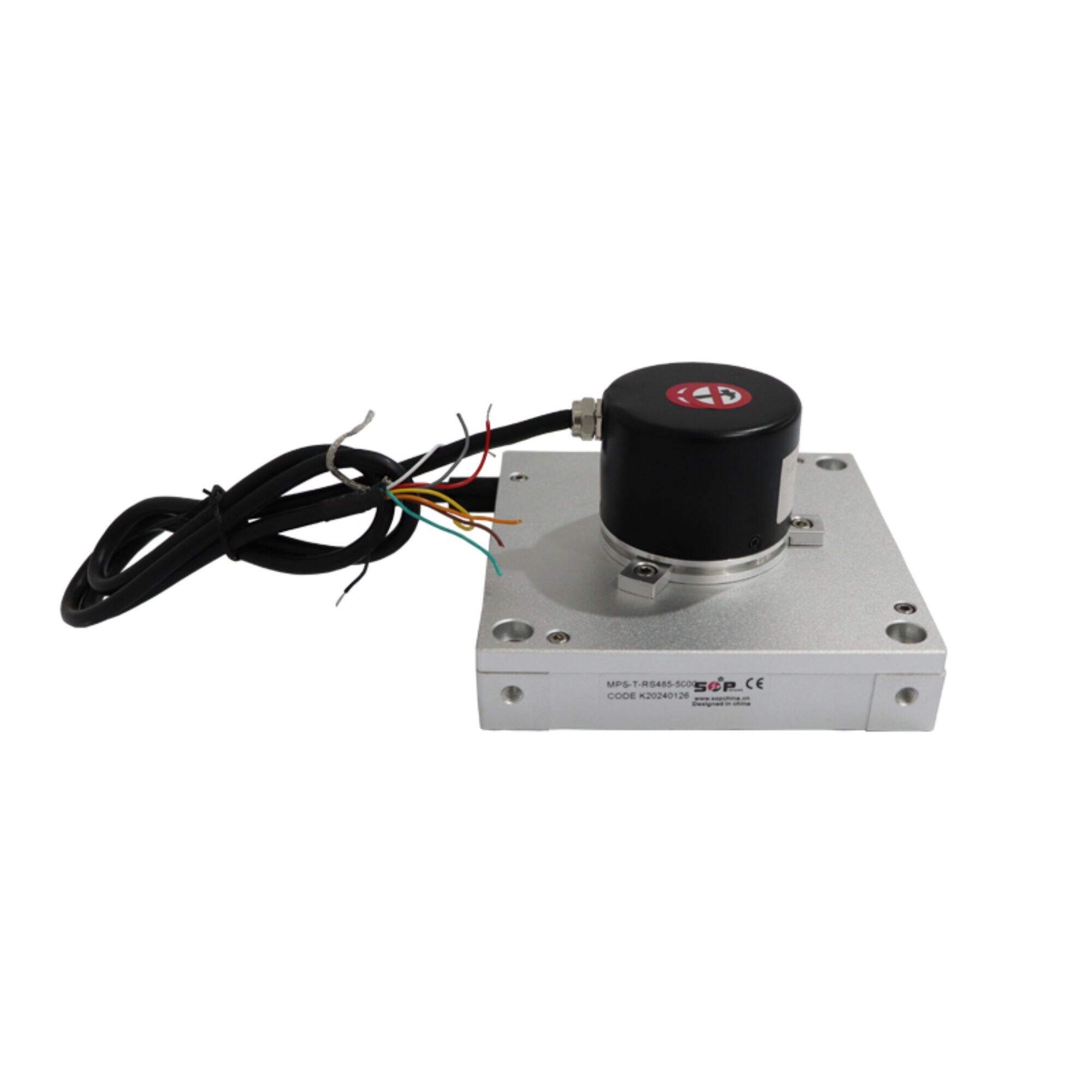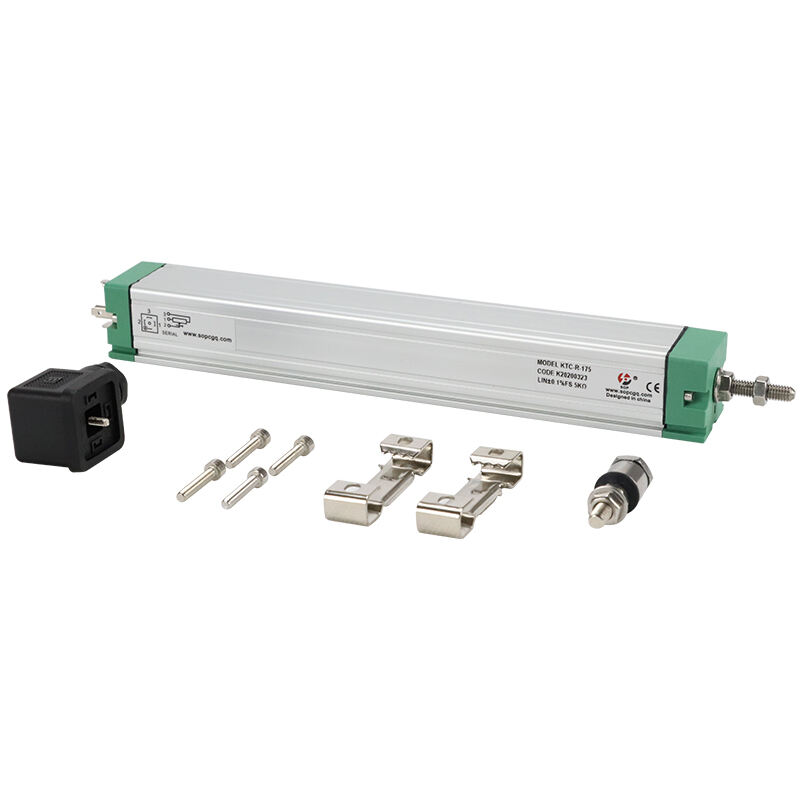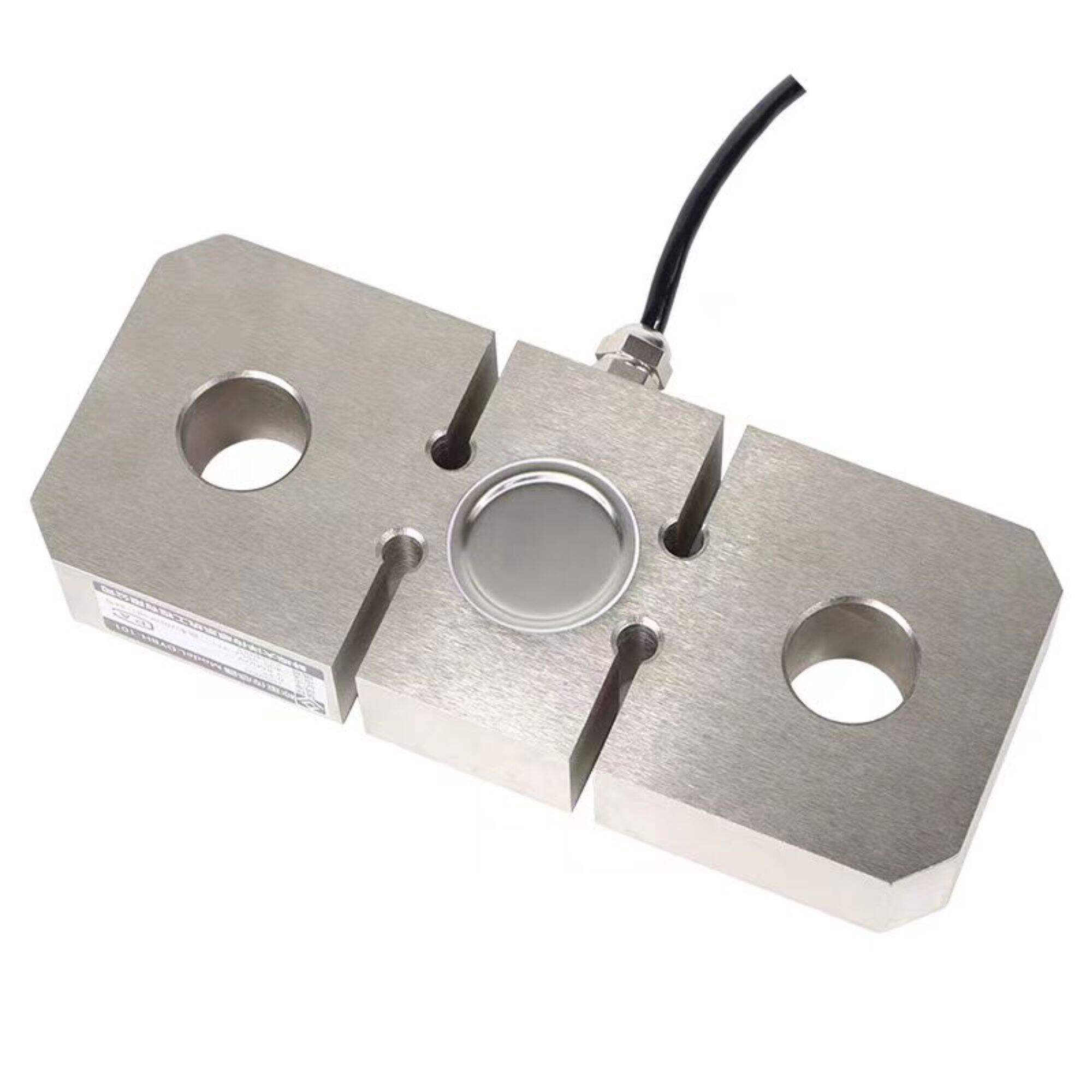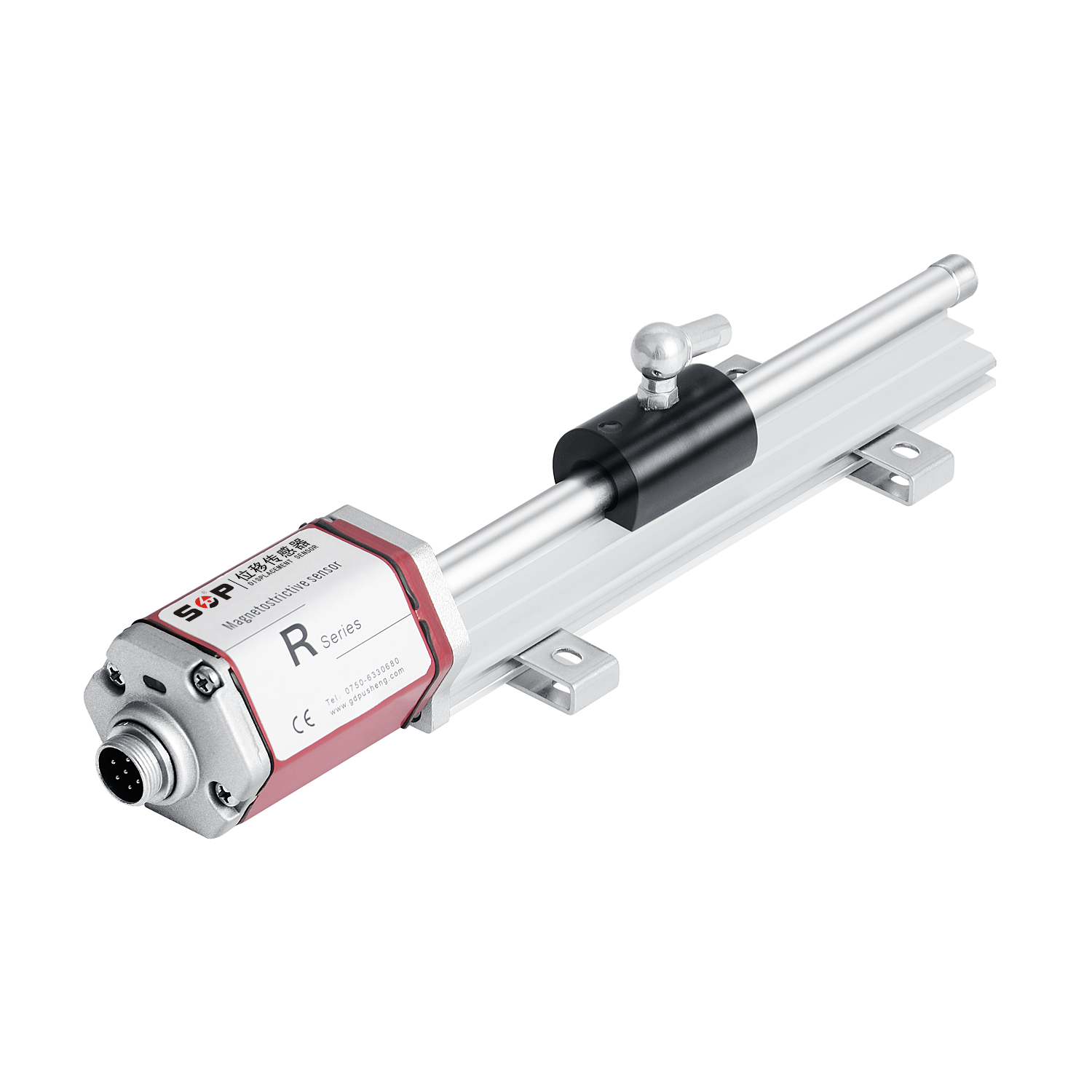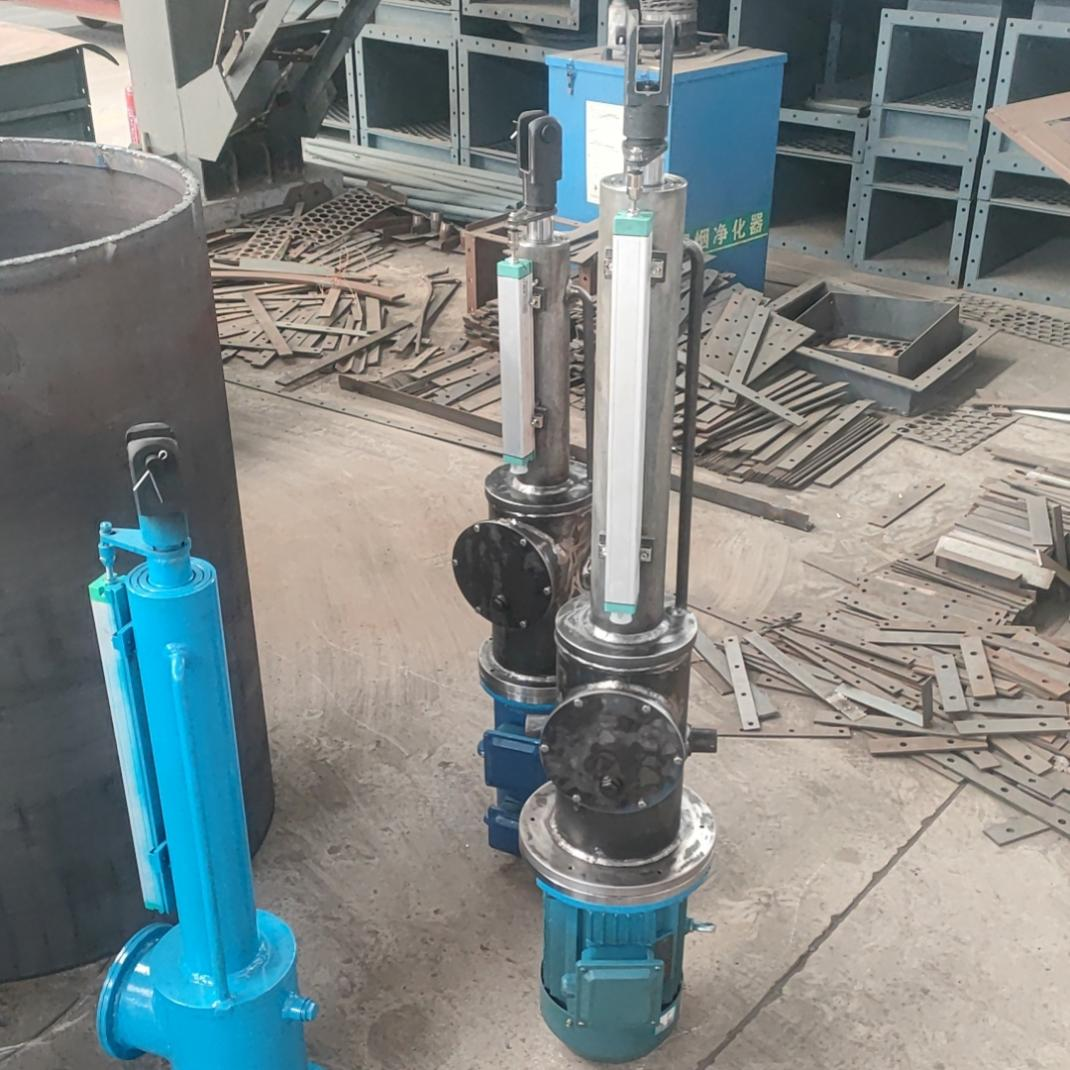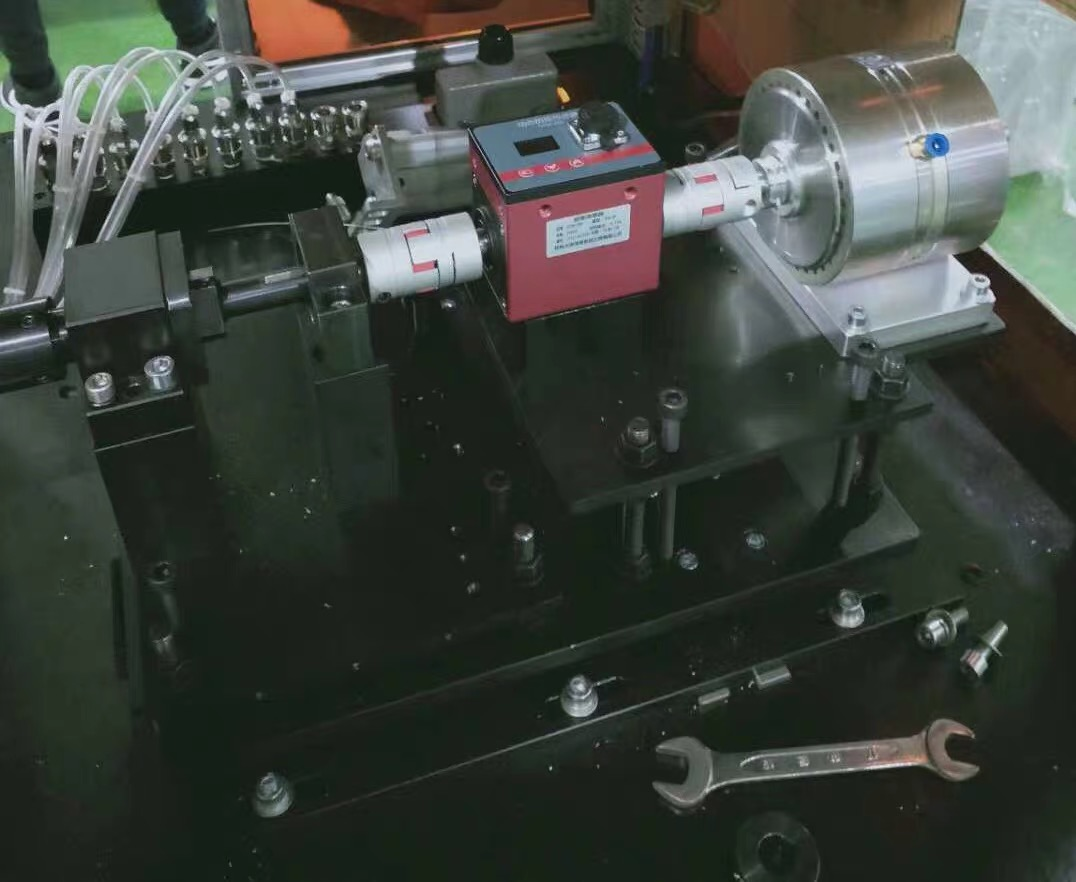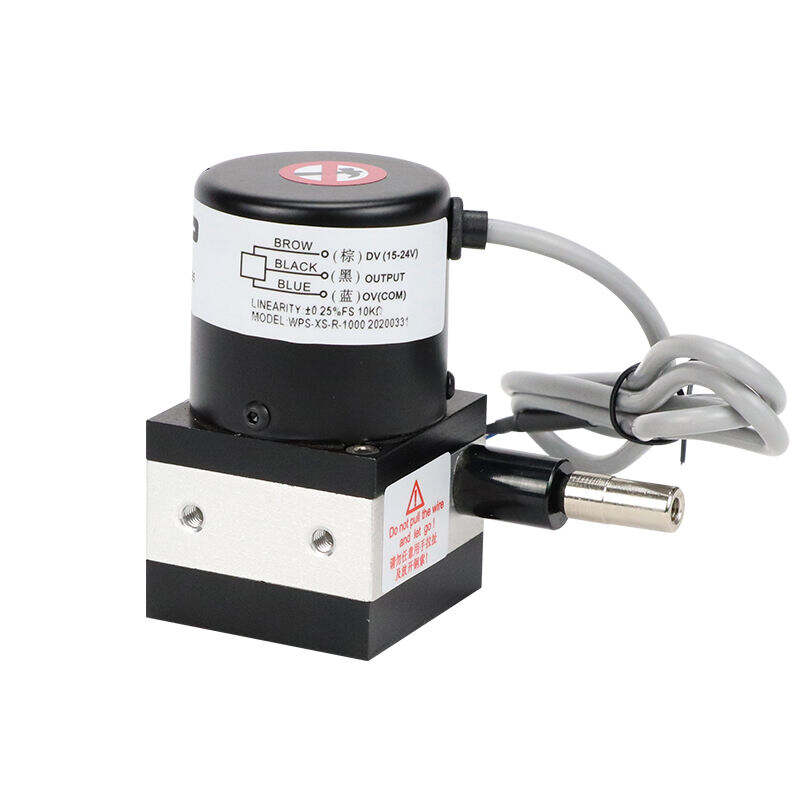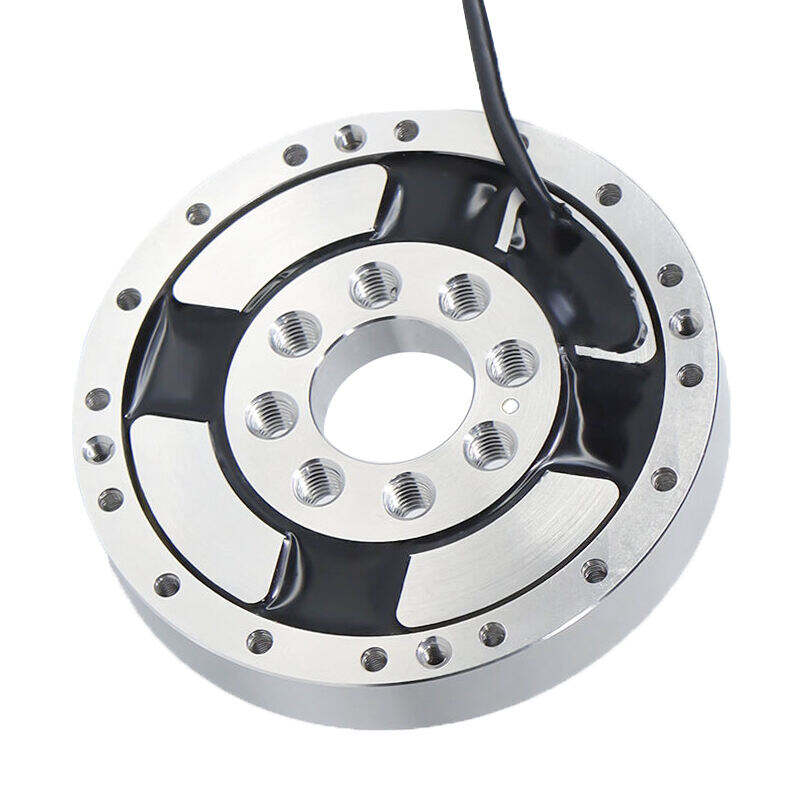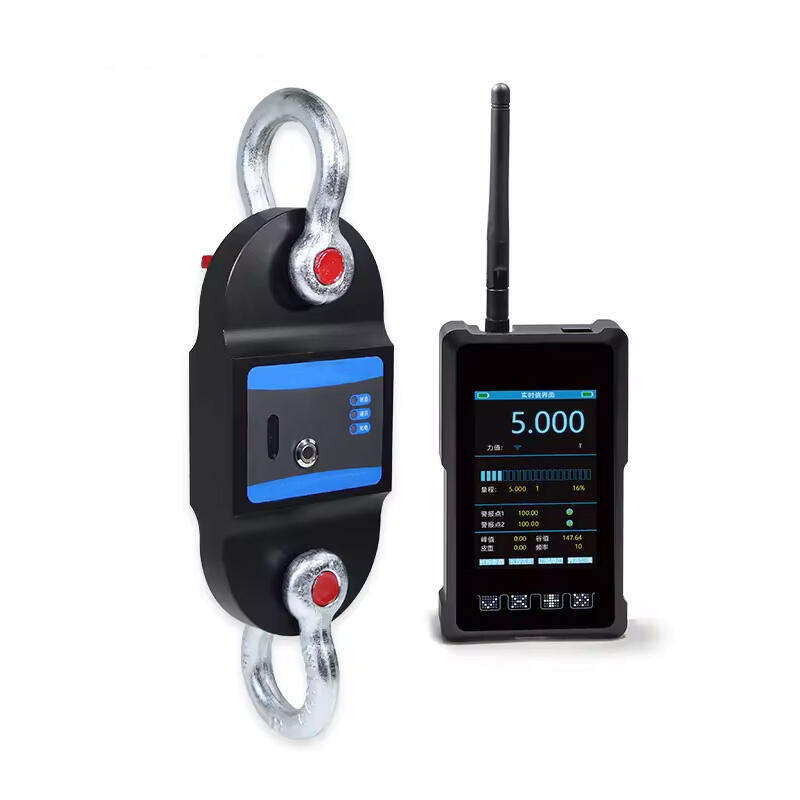load cell indicator price
Load cell indicator prices vary significantly in today's market, reflecting the diverse range of features and capabilities these essential measurement devices offer. Typically ranging from $100 to $1000, these digital displays serve as crucial interfaces between load cells and operators, providing accurate weight measurements across various industrial applications. The price point often correlates with the indicator's technical specifications, including display resolution, sampling rate, and connectivity options. Basic models, priced at the lower end, offer fundamental weight reading capabilities with standard RS232 communication ports. Mid-range indicators, usually priced between $300 and $600, incorporate advanced features such as multiple calibration points, data logging capabilities, and various communication protocols. Premium indicators, commanding higher prices, offer sophisticated functions like wireless connectivity, cloud integration, multi-channel inputs, and advanced filtering algorithms for enhanced accuracy. The pricing also reflects additional features such as weatherproof housings, color touchscreens, and programmable I/O options. When considering the total investment, factors such as calibration services, installation costs, and potential integration with existing systems should be factored into the overall budget planning.

